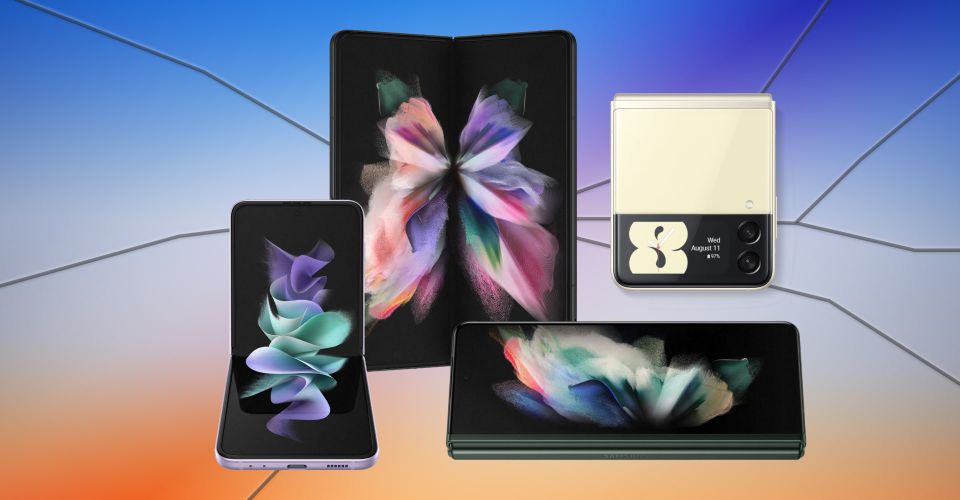Why You Still Have To Treat Samsung’s New Foldables Like Glass

Samsung’s Galaxy Z Fold 3 and Z Flip 3 do have glass screens, but unlike most smartphones, they require additional care. Of course, these devices stand out for the flexible displays that allow them to transform from a standard phone into something unique, becoming half-height or double-width, depending on the model.
Samsung has increased the durability of its foldables after initially encountering problems with the screen showing obvious creases, bubbles, and even cracking. Being a leader in screen technology, the company was resolute in solving these issues and went forward with a second and third generation, improving the design each year. Samsung claims the Galaxy Z Flip 3 and Z Fold 3 main screens are 80-percent more durable and the cover screens are protected with super-strong Gorilla Glass Victus.
While Samsung’s foldable displays are much tougher, the Galaxy Z Fold 3 and Z Flip 3 have a plastic screen protector that is meant to be permanently left on. The reason for this is that, at only 30 microns thick to allow it to fold in half, the ultra-thin glass (UTG) of the display is quite delicate. Glass, including Samsung’s UTG, is much more resistant to damage than plastic, however, glass can be scratched by sand, which is present in most dirt. Due to its thinness, any scratches would be catastrophic, easily turning into cracks. That’s the reason Samsung added the permanent, stretchable plastic screen protector.
The Difference Between Glass And Plastic

Samsung’s Galaxy Z Flip 3 and Z Fold 3 use Gorilla Glass Victus on their cover screens, which can withstand drops that would shatter a drinking glass. It’s also slightly more scratch-resistant than ordinary glass. If Samsung could have used such material on the main screen, it certainly would have. Instead, flexible displays currently require ultra-thin glass or plastic. If Samsung had used only UTG, the durability of the screen would have suffered, with cracking becoming even more likely.With only plastic, the display would have been too soft and shown a crease, as happened with the first-generation Galaxy Fold. Instead, Samsung combined these two methods for more stability, clarity, and longer life.
It should be noted that the latest Samsung foldables are water-resistant, but not dust-resistant. If dust gets under the flexible plastic layer, the glass might become scratched and be susceptible to cracks. While Samsung’s display technology has greatly improved, it still isn’t a perfect solution and more innovations will undoubtedly appear in the fourth generation. For now, Samsung’s Galaxy Z Fold 3 and Z Flip 3 must be treated like glass and also like plastic, avoiding both drops and scratches when unfolded.
Source: Samsung
About The Author


















